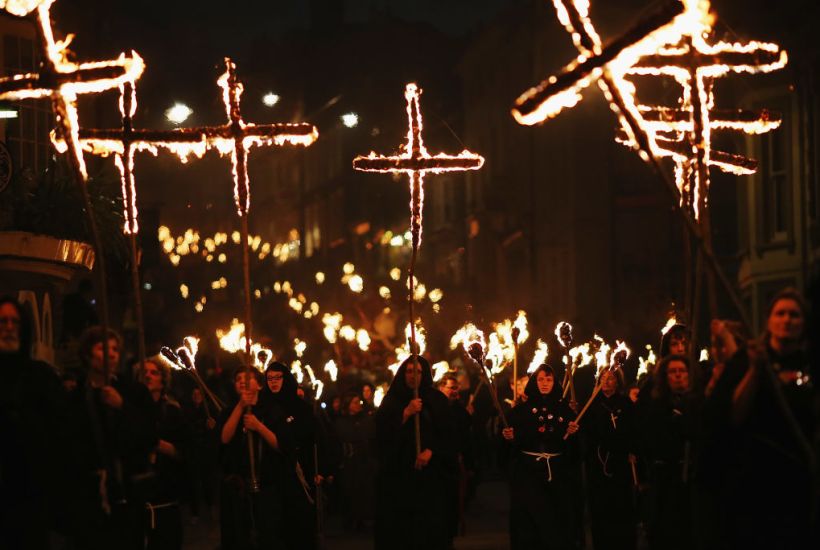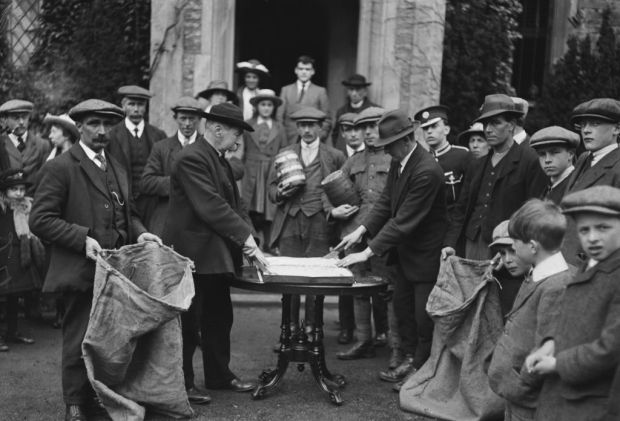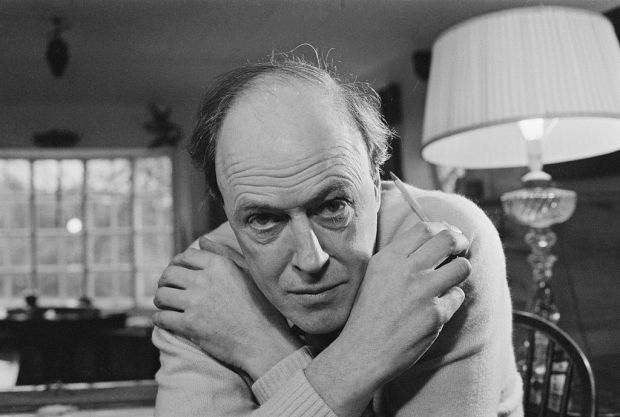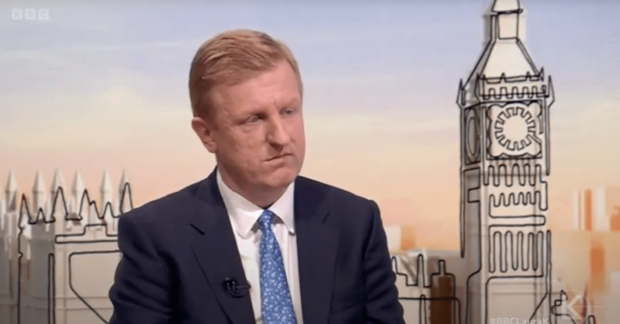Bonfire night festivities in Britain today are increasingly highly choreographed events: council-sponsored firework displays mounted by professional companies, sponsored by local businesses and charities and monitored by health and safety professionals – all very worthy and respectable. It is difficult to believe that, just a few decades ago, bonfire night was a night of anarchy.
Ironically for a festival celebrating the preservation of order and hierarchy, bonfire night became a time of disorder and chaos
There is a long history of unrest on 5 November, which began life as a day of solemn thanksgiving for the deliverance of King and Parliament. It was abolished during the Interregnum, but when it returned in the reign of Charles II, the celebration turned into an opportunity to critique the King’s Catholic sympathies under the cover of loyalty. Anti-Catholicism reached fever pitch during the Exclusion Crisis of the 1670s, when Whigs were determined to exclude Charles II’s Catholic brother, James Duke of York, from the succession. It was at this time that 5 November became a festival of Protestant identity, and often an opportunity for acts of violence and revenge against Catholics and people considered sympathetic to them.
While James I himself had always been careful to distinguish between his loyal Catholic subjects and the Jesuit-inspired extremists behind the gunpowder plot, 5 November turned into a day of sanctified anti-Catholicism. This was especially the case after 1689, when the official prayers for 5 November were augmented with a thanksgiving for the arrival of William of Orange in England to depose the Catholic James II on 5 November 1688. The defeat of the gunpowder plot and the Glorious Revolution combined in a heady cocktail of popular myth which defined the identity of the English nation as a plucky despiser of Catholic tyranny. It was not until the French Revolution, when Britain made common cause with France’s deposed Catholic monarchy, that some misgivings about the official celebration of 5 November arose among Britain’s political elites. But the day continued to be publicly celebrated in church until its final abolition in 1858.
By then, however, 5 November traditions had spread far beyond church, so that the abolition of the liturgical celebration meant little. The celebration of Guy Fawkes’s downfall had merged with much older traditions of lighting bonfires at the end of October and beginning of November, as well as ‘Mischief Night’, which was often celebrated on 4 November. While Mischief Night pre-dated 1605, the suspension of law and order it represented easily combined with the development of bonfire night as a chance for anarchy and ritual (and actual) violence against those perceived as insufficiently enthusiastic for the Protestant cause. Ironically for a festival celebrating the preservation of order and hierarchy, bonfire night became a time of disorder and chaos. While the tradition of burning effigies of Guy Fawkes himself is well known, there were many places where effigies of the Pope and unpopular political figures of the day were burnt in the 19th century.
Above all, however, it was Sussex that became the home of bonfire night. This may have owed something to the dominance of several important Catholic families among the Sussex gentry, as well as strong Low Church and dissenting Protestant traditions in the county. Uniquely, Sussex towns formed ‘Bonfire Societies’ whose purpose was to arrange the bonfire celebrations. Then as now, the celebrations in the town of Lewes were the most spectacular, and were characterised by menace and misrule as well as celebration.
Misrule reached fever pitch among the Sussex Bonfire Societies in the 1930s. As the spectre of war loomed over Europe there were disagreements over whether to back the policy of appeasement or advocate for war with Hitler, and both Hitler and Britain ended up being burnt in effigy at Lewes in 1936. Matters came to a head in 1938 when rival groups threw fireworks at one another, causing multiple burn injuries and setting cars alight; 40 people were arrested. By November 1939 Britain was at war, and the bonfires of Sussex were suspended for the duration of the conflict.
While Lewes retains its politicised bonfires to this day – most controversially, still burning an effigy of the Pope – celebrations in the post-war era became more ritualised and less marked by factional violence.
But Mischief Night has not gone away. In one housing estate in my own city of Peterborough, there is a tradition of burning barricades made of discarded furniture in early November, although local people vary the exact night in order to catch the police unawares. This particular local variation of the tradition is not old, but it very much reflects the pyromaniacal spirit of Mischief Night that still seethes beneath the surface of today’s staid bonfire night celebrations.
Got something to add? Join the discussion and comment below.
Get 10 issues for just $10
Subscribe to The Spectator Australia today for the next 10 magazine issues, plus full online access, for just $10.




















Comments
Don't miss out
Join the conversation with other Spectator Australia readers. Subscribe to leave a comment.
SUBSCRIBEAlready a subscriber? Log in